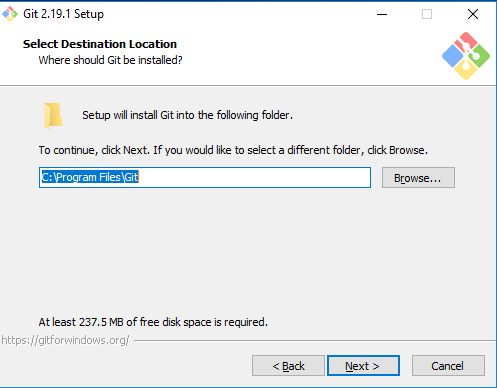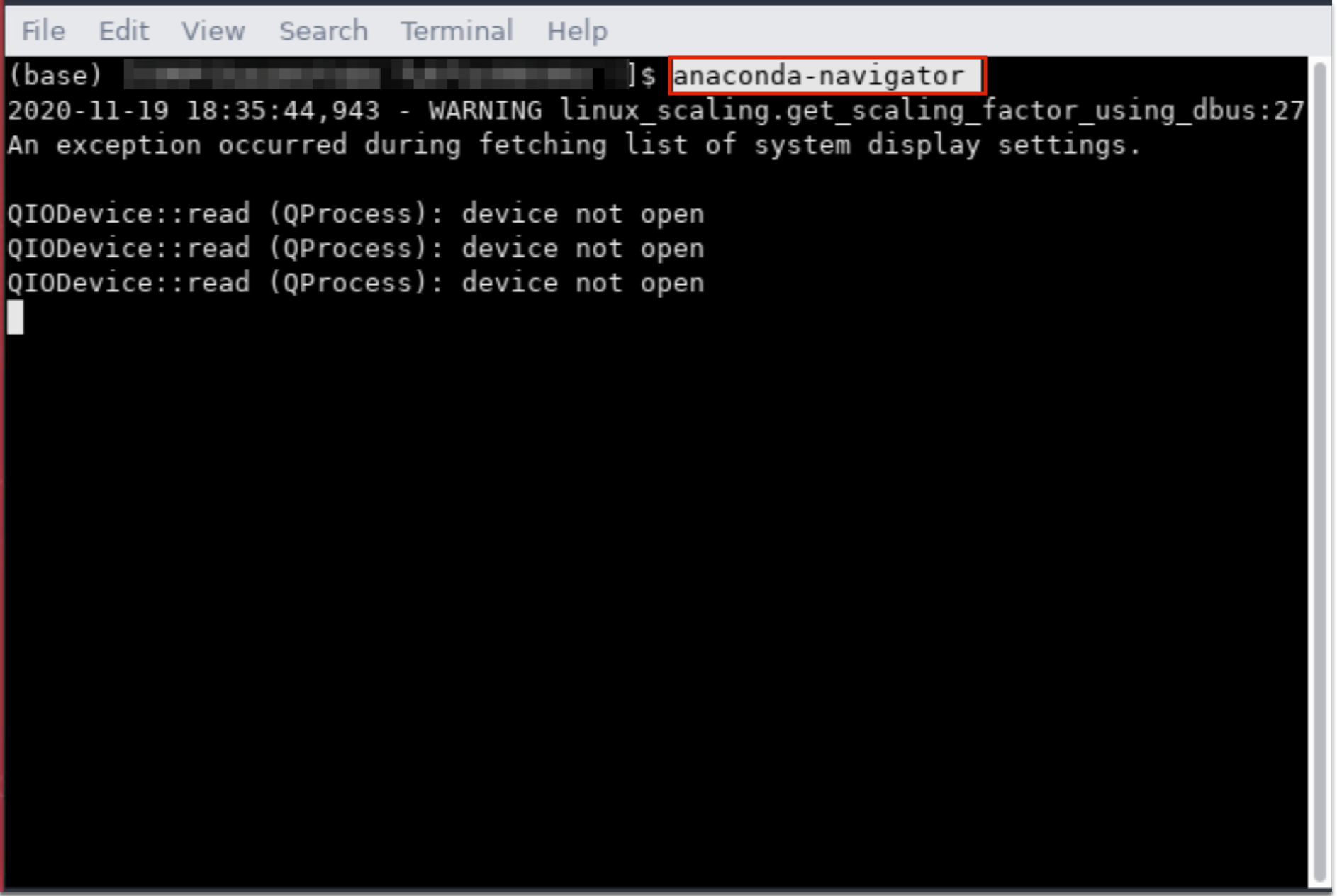

To make Anaconda easily accessible, place it in a directory (where you have write permissions) that is as high up on the drive as possible. On the next menu page, you’ll be given the chance to change the directory where Anaconda is installed.
VS CODE NOT SHOWING IN ANACONDA NAVIGATOR INSTALL
IDGĬhoose the All Users install option if possible, as this will allow you more freedom in terms of where to place the Anaconda directory. If you choose Just Me, the default choice is a subdirectory in your user profile, which may be a little harder to find by default, but is still accessible as long as you know the path. If you’re on a computer where you have admin privileges, choosing All Users makes life a great deal easier, so select that option if you can. The first option worth changing is in the “Select Installation Type” menu, where you choose between installing Anaconda for Just Me or All Users. But the few options you are presented with make all the difference when getting Anaconda to coexist with other Python installations. When you run the Anaconda installer, you won’t be greeted with a great many options. Note also that most of the guidance here pertains to running Anaconda on Microsoft Windows. This article assumes you already have some version of Python installed and you have a basic working knowledge of Python before getting started.
VS CODE NOT SHOWING IN ANACONDA NAVIGATOR HOW TO
In this article, we’ll look at how to set up and work with Anaconda alongside conventional versions of Python on the same system. What if you’re using Anaconda alongside other Python distributions, and you don’t want them stepping on each other’s toes? How do you integrate Anaconda effectively with your other Python tooling, like IDEs? And if you decide you just want to use regular Python, how do you remove Anaconda without breaking anything else? Anaconda is also useful as a general purpose Python distribution.īut Anaconda comes with its share of snares and subtleties. Its appeal goes beyond scientific number crunching, though. Original error was: DLL load failed: The specified module could not be found.The Anaconda distribution of Python packs a great many libraries and tools for data science and scientific computing under a single roof.

Note: this error has many possible causes, so please don't comment onĪn existing issue about this - open a new one instead.

(removes all files not under version control) and rebuild numpy. If you're working with a numpy git repository, try \git clean -xdf`` if you built from source, your compiler versions and ideally a build log whether or not you have multiple versions of Python installed If (1) looks fine, you can open a new issue at Interfere with the Python and numpy version "1.18.1" you're trying to use.Ģ. Check that you expected to use Python3.7 from "C:\Users\frede\Anaconda3\python.exe",Īnd that you have no directories in your PATH or PYTHONPATH that can Try uninstalling and reinstalling numpy.ġ. IMPORTANT: PLEASE READ THIS FOR ADVICE ON HOW TO SOLVE THIS ISSUE! ImportError: Unable to import required dependencies: "Unable to import required dependencies:\n" + "\n".join(missing_dependencies) Pleaseįile "c:/Users/frede/OneDrive/Desktop/test.py", line 1, in įile "C:\Users\frede\Anaconda3\lib\site-packages\pandas\_init_.py", line 17, in PS C:\Users\frede> & C:/Users/frede/Anaconda3/python.exe c:/Users/frede/OneDrive/Desktop/test.pyĬ:\Users\frede\Anaconda3\lib\site-packages\numpy\_init_.py:140: UserWarning: mkl-service package failed to import, therefore Intel(R) MKL initialization ensuring its correct out-of-the box operation under condition when Gnu OpenMP had already been loaded by Python process is not assured.


 0 kommentar(er)
0 kommentar(er)
